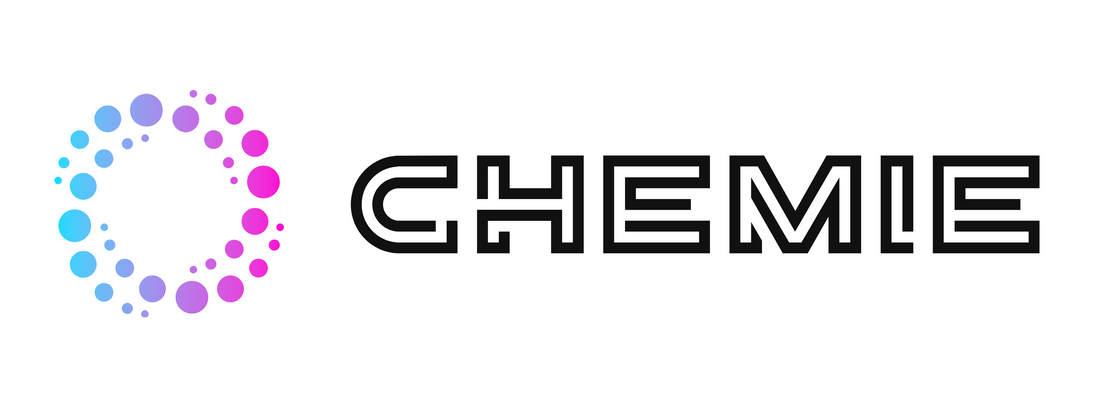All About Chemie
All About Chemie
Blog Article
The Greatest Guide To Chemie
Table of Contents3 Easy Facts About Chemie Shown5 Simple Techniques For ChemieSome Known Questions About Chemie.The Facts About Chemie UncoveredSome Known Facts About Chemie.Chemie Things To Know Before You Get This
By Bojanna Shantheyanda, Sreya Dutta, Kevin Coscia and David SchiemerDynalene, Inc. Fluid air conditioning, which can be achieved utilizing indirect or direct means, is used in electronic devices applications having thermal power densities that might exceed secure dissipation via air cooling. Indirect liquid cooling is where warm dissipating electronic elements are physically separated from the fluid coolant, whereas in instance of straight cooling, the elements are in direct contact with the coolant.In indirect cooling applications the electric conductivity can be crucial if there are leaks and/or splilling of the liquids onto the electronics. In the indirect air conditioning applications where water based fluids with rust inhibitors are generally utilized, the electrical conductivity of the liquid coolant mainly depends upon the ion focus in the fluid stream.
The rise in the ion focus in a shut loop liquid stream might take place because of ion leaching from metals and nonmetal components that the coolant liquid touches with. Throughout procedure, the electric conductivity of the fluid might increase to a degree which could be harmful for the cooling system.
Unknown Facts About Chemie
(https://www.wattpad.com/user/chemie999)They are bead like polymers that are qualified of trading ions with ions in a solution that it is in call with. In today work, ion leaching examinations were done with different metals and polymers in both ultrapure deionized (DI) water, i.e. water which is dealt with to the highest levels of purity, and reduced electrical conductive ethylene glycol/water combination, with the gauged modification in conductivity reported over time.
The samples were enabled to equilibrate at area temperature for two days prior to recording the preliminary electrical conductivity. In all tests reported in this research study fluid electric conductivity was measured to a precision of 1% using an Oakton disadvantage 510/CON 6 series meter which was adjusted prior to each measurement.
Not known Facts About Chemie
from the wall heating coils to the facility of the heater. The PTFE sample containers were placed in the heating system when steady state temperatures were gotten to. The examination arrangement was eliminated from the heating system every 168 hours (seven days), cooled to area temperature level with the electrical conductivity of the fluid gauged.
The electrical conductivity of the fluid sample was monitored for a total of 5000 hours (208 days). Number 2. Schematic of the indirect shut loophole cooling experiment set-up - heat transfer fluid. Table 1. Parts made use of in the indirect shut loop cooling experiment that touch with the liquid coolant. A schematic of the experimental configuration is shown in Number 2.

6 Simple Techniques For Chemie
During procedure the fluid storage tank temperature level was kept at 34C. The modification in liquid electric conductivity was checked for 136 hours. The fluid from the system was gathered and saved. Similarly, closed loophole test with ion exchange material was executed with the same cleaning procedures employed. The first electric conductivity of the 230ml UP-H2O in the system gauged 1.84 S/cm.

0.1 g of Dowex resin was included in 100g of liquid examples that was absorbed a separate container. The blend was stirred my company and transform in the electrical conductivity at space temperature level was gauged every hour. The determined change in the electric conductivity of the UP-H2O and EG-LC test liquids having polymer or metal when involved for 5,000 hours at 80C is revealed Figure 3.
Chemie for Beginners
Ion seeping experiment: Calculated change in electrical conductivity of water and EG-LC coolants consisting of either polymer or metal examples when immersed for 5,000 hours at 80C. The results indicate that steels added fewer ions right into the liquids than plastics in both UP-H2O and EG-LC based coolants.
Fluids containing polypropylene and HDPE showed the lowest electrical conductivity changes. This can be due to the short, inflexible, direct chains which are much less likely to contribute ions than longer branched chains with weak intermolecular forces. Silicone additionally performed well in both test liquids, as polysiloxanes are normally chemically inert due to the high bond energy of the silicon-oxygen bond which would certainly prevent destruction of the product right into the fluid.
Some Of Chemie
It would be expected that PVC would certainly produce similar outcomes to those of PTFE and HDPE based on the comparable chemical frameworks of the products, nevertheless there may be other contaminations existing in the PVC, such as plasticizers, that may influence the electrical conductivity of the fluid - immersion cooling liquid. In addition, chloride teams in PVC can also leach right into the examination fluid and can trigger a boost in electrical conductivity
Buna-N rubber and polyurethane revealed indicators of deterioration and thermal disintegration which recommends that their feasible utility as a gasket or sticky product at greater temperatures might cause application concerns. Polyurethane entirely degenerated into the examination fluid by the end of 5000 hour test. Number 4. Prior to and after photos of steel and polymer examples submersed for 5,000 hours at 80C in the ion leaching experiment.
Calculated adjustment in the electric conductivity of UP-H2O coolant as a function of time with and without resin cartridge in the closed indirect cooling loop experiment. The measured modification in electrical conductivity of the UP-H2O for 136 hours with and without ion exchange resin in the loophole is revealed in Number 5.
Report this page